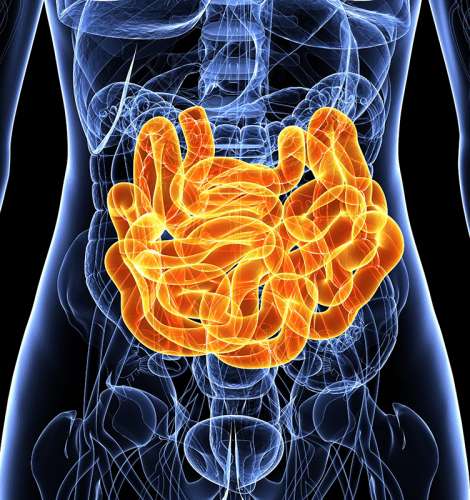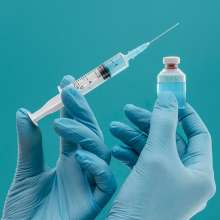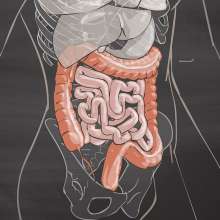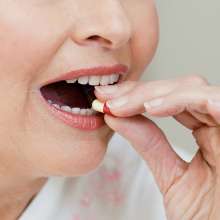Researchers reported that women with polycystic ovary syndrome, the most common hormonal disorder in women of reproductive age with an estimated world prevalence of 5-15%, have altered gut microbiota.
These women have both reduced number of species (diversity richness), and changes in specific bacteria taxa (composition of species) compared with healthy women. These findings are in line with results from two other recent studies.
But researchers from Poland and the US in the current study also demonstrated that hyperandrogenism (excess male hormones) in these women was highly correlated with the changes in their gut bacteria.
They suggested that hyperandrogenism (excess male hormones) might play a critical role in altering the gut microbes in women with polycystic ovary syndrome (POCS)
Background
Polycystic ovary syndrome is a defined by having at least two of three main symptoms: increased number of ovary cysts as seen on ultrasound imaging, higher levels of male hormones (such as testosterone) or excess male hormone symptoms (such as excess facial and body hair), and irregular or no menstrual periods.
The cysts are painless and not cancerous, but PCOS is the most common cause of infertility. Women with this chronic condition also face an increased risk of developing metabolic problems in several body systems including diabetes, and psychological issues including anxiety and depression. They may often, but not always, face weight problems.
In the US, PCOS affects 7–10% of women of childbearing age, totalling an estimated 5 to 6 million patients. This statistic does not include those who have the condition but are not clinical diagnosed.
The cause of PCOS is unclear, but genetic is a risk factor, and it is probably caused by multiple factors. An imbalance of hormones with the ovary producing excess male hormones (androgens) underlies the condition. There is currently no cure for the condition.
The study
A balanced and healthy gut microbiota play important role in human health. Altered gut bacteria composition, diversity and functioning have been linked to many diseases including metabolic diseases.
The researchers therefore aim to investigate if changes in gut microbiota correlate with selected clinical parameters in women with POCS compared with healthy women.
They examined fecal swabs from 73 women in Poland diagnosed with PCOS. These samples were compared to swabs from 48 women who did not have PCOS, and from 42 women with polycystic ovaries (diagnosed using ultrasound) but did not have other related symptoms.
Their results showed that women with PCOS had the least diverse gut bacteria of the three groups. Women who did not have the condition had the most diverse gut bacteria. The group with asymptomatic ovary cysts showed changes that were intermediate between the other two groups.
Further analysis showed that hyperandrogenism, total testosterone and hirsutism were correlated with gut bacteria diversity.
Implications
Researchers suggest that testosterone and other androgen (male) hormones may contribute to shape the gut microbiota. Changes in gut microbiota may also influence the development of PCOS.
Additional research is needed to determine whether specific gut bacterial species contribute to the development of PCOS, and whether therapeutics targeting the gut bacteria may offer potential treatment for the condition.
Findings of this research were published online in the Endocrine Society’s Journal of Clinical Endocrinology and Metabolism. The Endocrine Society is the world’s oldest and largest international scientific organization in endocrinology.





